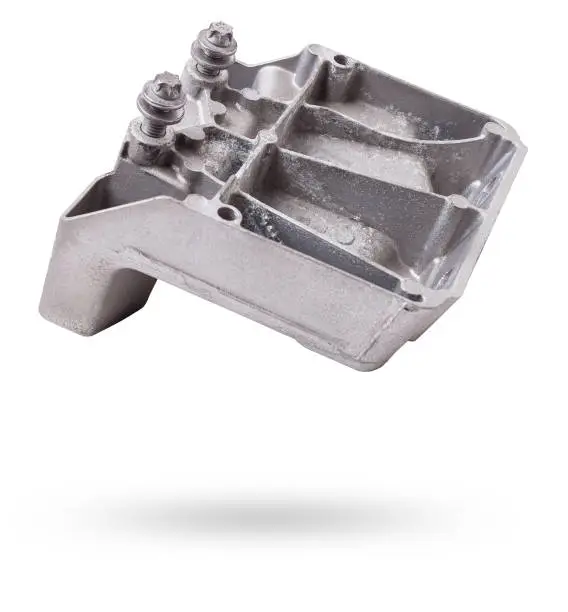
The "precision code" of low-pressure casting aluminum process - decoding the technical advantages of Zhejiang Fudebao
2025-08-30 09:27:34
In the field of aluminum alloy casting, low-pressure casting aluminum is widely used in engine blocks, wheel hubs, robot joints and other scenarios with extremely high density requirements due to its characteristics of "pressure compensation + sequential solidification". However, behind the seemingly mature technology, there are many "bottleneck" problems: how to control the temperature gradient in the die casting process? How to avoid deformation caused by mold thermal fatigue? How to ensure the consistency of castings in mass production? The answers to these questions determine the technical ceiling of the enterprise. As a "technical school" that has been deeply involved in aluminum alloy casting for 20 years, Zhejiang Fudebao Technology Co., Ltd. has given many customer satisfaction answers with a set of "full-link control system".

The underlying logic of process optimization
Traditional low-pressure casting aluminum often relies on the experience of masters to adjust parameters, "In the past, adjusting a mold may require 10 trial productions; Now, when the casting drawings are input, the system automatically generates process parameters, reducing the number of trial productions to 2-3 times. "For example, the manager of the production department gave an example, a customer of an automotive aluminum alloy wheel hub had been troubled by the shrinkage problem of the spokes for half a year, and Fudebao found through the analysis of historical data that the root cause of the problem was the mismatch between the cross-sectional area of the inner gate and the filling speed, and the adjusted shrinkage rate was reduced from 8% to 0.5%, and the customer yield rate was directly increased to 99.2%, which was relatively satisfactory.
Mold "longevity": a breakthrough in thermal balance technology
The mold is the "heart" of low-pressure casting aluminum, and its lifespan directly affects the production cost. The "stepped cooling + coating protection" technology innovatively developed by Fudebao solves the problem of mold thermal fatigue. The company uses high thermal conductivity copper alloy to make the mold matrix, embeds water cooling channels in key parts (such as gates and risers), and simulates heat distribution through simulation software to design a gradient cooling scheme of "external cooling and internal temperature", which increases the temperature uniformity of the mold by 40%; At the same time, the nano-ceramic coating, developed in collaboration with the Institute of Materials Research, can improve the thermal shock resistance of molds by 3 times, and extend the service life from the conventional 50,000 to 150,000 times. "Mold maintenance alone can save customers more than one million yuan per year." Chen Gong, head of the technical department, introduced.
From "usable" to "easy to use": in-depth adaptation of application scenarios
The requirements for aluminum alloy castings vary widely across industries: joint housings for industrial robots require high fatigue strength, hydraulic valve bodies for construction machinery need to withstand high pressure seals, and lightweight automotive components for maximizing the "strength-to-weight ratio". Fudebao's solution is "one customer, one policy" - for the field of industrial robots, it has developed a "thin-walled and multi-ribbed" casting molding process, which reduces the wall thickness from 8mm to 3mm while maintaining a tensile strength of ≥ 280MPa; For the high-pressure environment of construction machinery, the alloy composition (adding copper and zinc elements) is optimized to increase the yield strength of the casting to more than 350MPa. "We not only sell castings, but also sell 'scenario-based performance'.

Today, with the transformation of the manufacturing industry to high-end, the "precision war" of aluminum alloy casting has entered a white-hot stage. Fudebao proves with the triple breakthrough of data, technology and scenarios that the upgrading of traditional processes is never a simple replacement of equipment, but a comprehensive evolution from thinking to system.
YOU MAY LIKE









